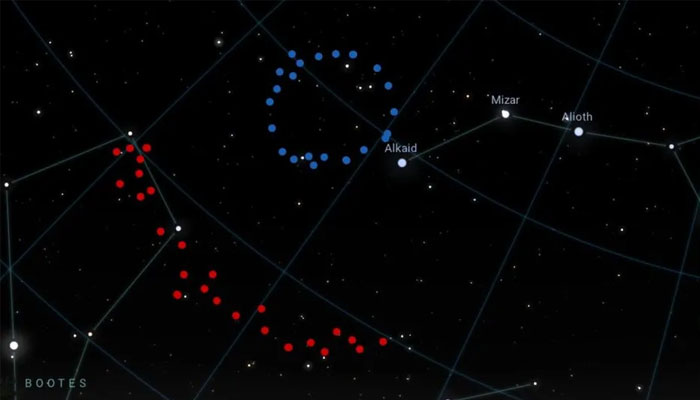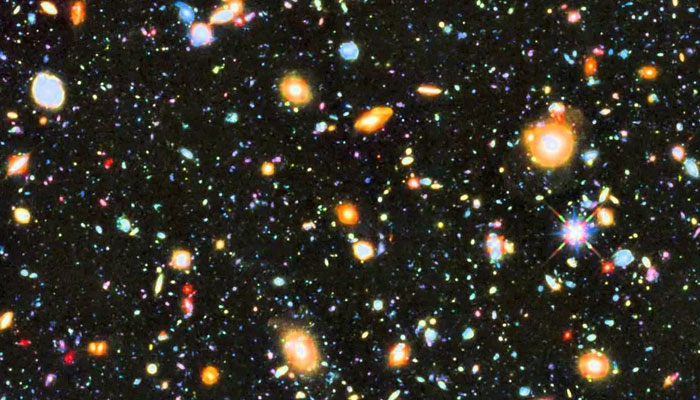Big Ring: Cosmology-defying loop of galaxies leaves scientists with stellar questions
Dubbed 'Big Ring' by astronomers, this formation spans a mind-boggling 1.3 billion light-years in diameter
January 12, 2024

Scientists from the University of Central Lancashire have stumbled upon an astronomical anomaly: a colossal ring-shaped structure in space challenging our conventional understanding of the cosmos.
Dubbed the "Big Ring" by astronomers, this colossal formation spans a mind-boggling 1.3 billion light-years in diameter, approximately 15 times the apparent size of the Moon in Earth's night sky.
Composed of galaxies and galaxy clusters, the Big Ring's sheer magnitude poses a significant puzzle, directly conflicting with the cosmological principle—a fundamental tenet asserting the uniform distribution of matter throughout the universe.
According to this principle, large-scale structures like the Big Ring should not exist. Dr Robert Massey, deputy director of the Royal Astronomical Society, acknowledges that the mounting evidence of such structures challenges accepted astronomical theories and warrants a reconsideration of our understanding of the universe.

The identification of the Big Ring was serendipitous, credited to Alexia Lopez, a PhD student at UCLan. In addition to this colossal structure, Lopez also uncovered the "Giant Arc," spanning a vast 3.3 billion light-years of space.
Both structures, appearing relatively close near the constellation of Bootes the Herdsman, defy easy explanation within the current cosmological framework.
Professor Don Pollacco of the University of Warwick suggests a potential relationship between the two structures, forming an even larger cosmic entity. Speculation arises about the possibility of these structures being relics from the early universe, where waves of high and low-density material became "frozen" into the extragalactic medium.
The cosmic mystery deepens as researchers grapple with the challenge of explaining the formation of such colossal structures. While other large structures like the Sloan Great Wall and the South Pole Wall have been discovered, the Big Ring adds a new layer to the cosmic enigma.
Analysis by Lopez suggests that the Big Ring, though seemingly appearing as a perfect ring, possesses a more complex coil shape, akin to a corkscrew, with its face aligned with Earth.
Presented at the 243rd meeting of the American Astronomical Society in New Orleans, the findings beckon a reevaluation of our understanding of the universe's development, as scientists grapple with the profound implications of these cosmic revelations.









